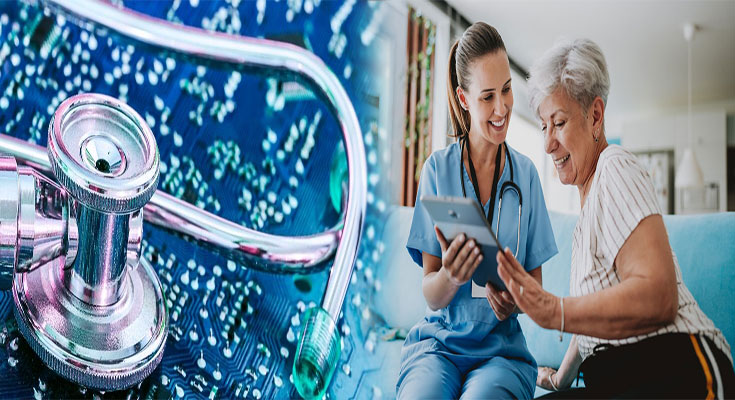
How WalkMe Enhances Salesforce Usability for Sales Teams
In the world of business, sales teams are constantly looking for tools and strategies to streamline their processes, improve efficiency, and close deals faster. Salesforce, as one of the most powerful customer relationship management (CRM) platforms, offers robust functionalities to help sales professionals achieve their goals. However, its extensive features can sometimes be overwhelming for users, especially those who are new or not tech-savvy. WalkMe is a digital adoption platform that bridges the gap between Salesforce’s potential and its practical usability.
Understanding the Challenges Sales Teams Face with Salesforce
Salesforce is undeniably a powerhouse CRM, but its complexity can present challenges for sales teams. Some of the common hurdles include:
- Onboarding and Training: New hires often struggle to adapt to Salesforce’s expansive features, leading to a longer learning curve.
- Workflow Inefficiencies: Sales reps can lose valuable time searching for tools or navigating through different modules.
- Feature Underutilization:





